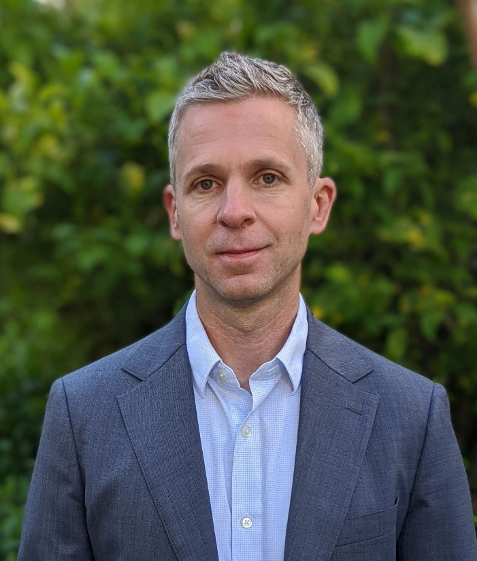Daniel has over 20 years of housing development experience ranging from working at affordable housing organizations, as Deputy Director of the San Francisco Mayor’s Office on Housing and Community Development, to joining the team as our development partner with Sares Regis earlier this year. In his role as Vice President for Mixed-Income and Affordable Housing, Dan has been working on The Kelsey Ayer Station’s development team.
Development partners like Dan play a direct and critical role at The Kelsey as we create housing. He brings his years of housing experience and Sares Regis’ development track record of thousands of Bay Area homes to our projects, helping accelerate impact and adding scale and sustainability to our work. At the same time, our partners learn about the importance of disability inclusion in housing and bring those perspectives into their other projects and work.
1) What started your interest in housing? Why did you decide to pursue a career in housing?
My interest in housing grew out of an interest in architecture and design, and a desire to marry that interest with social justice work. When I was a kid, I was fascinated by residential and neighborhood design and loved exploring different neighborhoods on my bike, seeing how people lived. Later during a year off from college, I traveled extensively in Central America, which opened my eyes to the social politics of race and class in a way that I hadn’t been able to see with such clarity in the U.S. After I graduated, I spent 5 years organizing self-help housing programs in El Salvador and along the Texas-Mexico Border. Since then, and since getting a master’s degree in architecture, I have continued to attempt to link those same initial interests, in design and in social equity, and housing as a practice is a great place to bring the two together.
2) What have you learned from The Kelsey related to disability access and inclusion that you will apply to your other work?
The way The Kelsey leads with inclusivity is inspiring and serves as an important reminder to those of us who have become steeped in a very technical regulatory framework that can promote subdividing and categorizing populations. It can be easy to forget that at the end of the day we want to build places where different people, of different abilities and incomes, can live together in harmony. It’s a utopian aspiration that I think can be applied very broadly. How we break down silos is a question we can ask on every project, and in every community where we work.
3) Given your experience, what do you think the interventions are to create more disability inclusive housing?
As compared to many countries, and due to the tireless efforts of disability advocates, the U.S. has strong accessibility requirements in its building code. This is particularly true in the Bay Area, one of the birthplaces of the disability rights movement. What’s needed now, then, is to go beyond the code; to see the structuring of access and inclusion not simply as a set of dimensional requirements or geometries, but also as a set of social relationships, which if cultivated with intention can break down non-physical barriers. It’s another component of The Kelsey’s work that I’m excited to see realized: an inclusion concierge approach that focuses on relationship-building that is so fundamental to strong communities.
Thank you so much for your time, Daniel!
